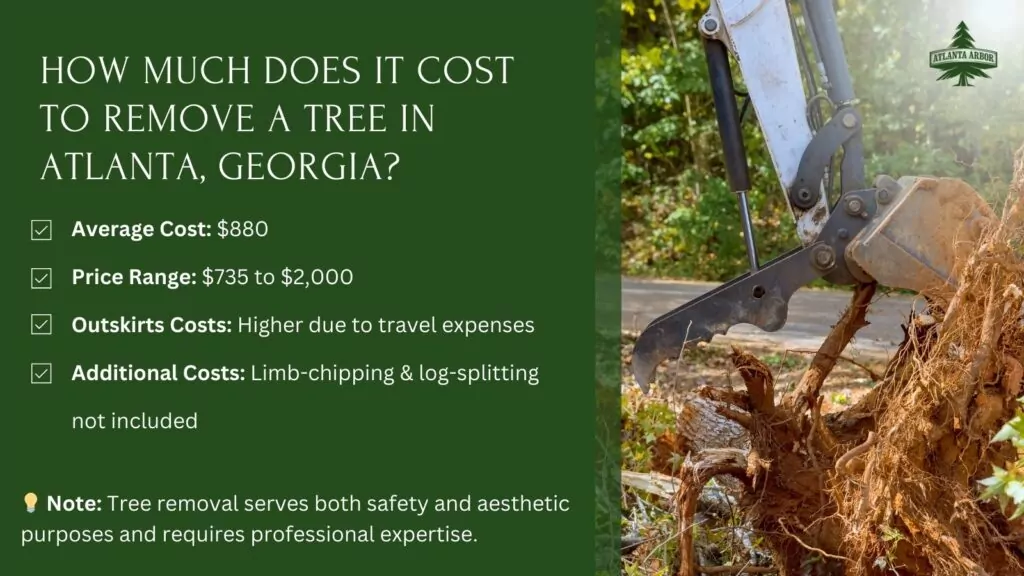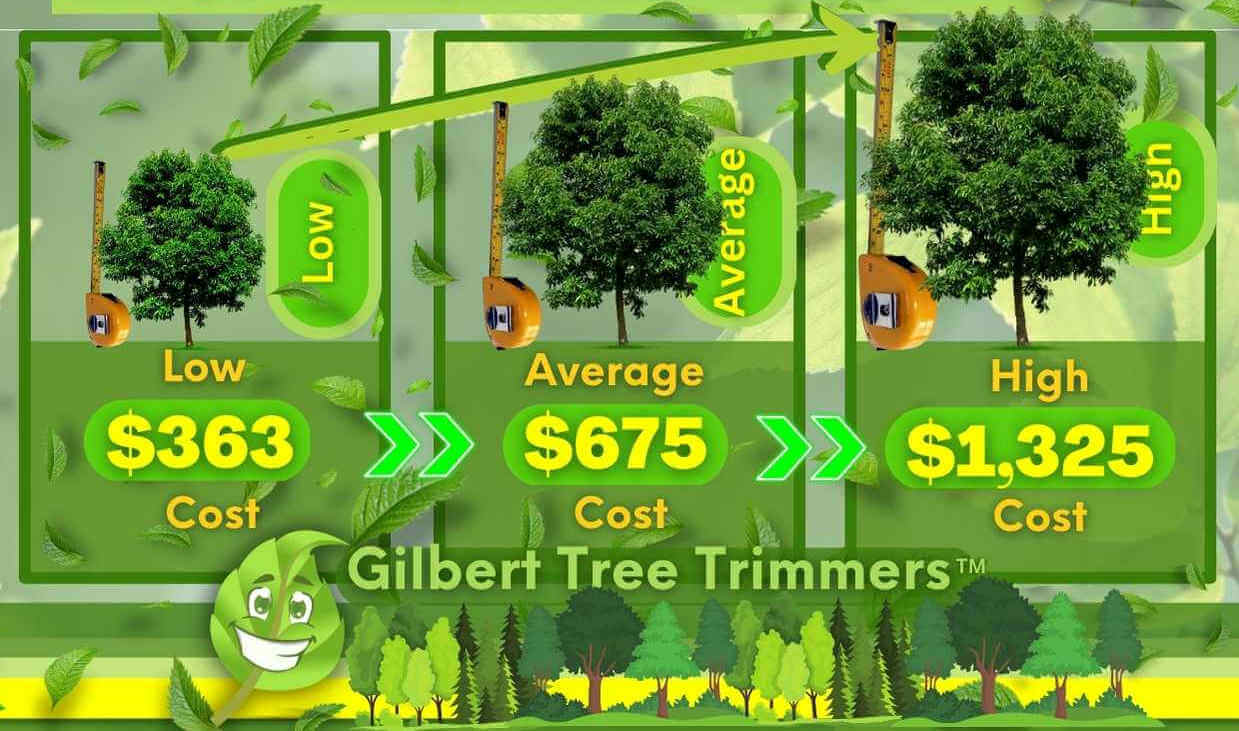Featured
Table of Contents
- – Isla Vista, CA Tree Clearing Cost FAQ
- – Best Tree Service Reviews In Isla Vista, CA
- – Isla Vista, CA Stump Grinding Cost Breakdown
- – Custom Tree Trimming Costs In Isla Vista, CA
- – Isla Vista, CA Tree Clearing Cost Ranges
- – Isla Vista, CA Tree Removal Payment Terms
- – Standard Tree Service Pricing In Isla Vista, CA
- – Isla Vista, CA Tree Clearing Review: Pricing
- – Real Tree Clearing Testimonials In Isla Vist...
- – Commercial Tree Service Costs In Isla Vista,...
- – Isla Vista, CA Stump Removal Estimates: What...
- – How To Budget For An Tree Service In Isla Vi...
- – Getting Top Tree Removal Prices In Isla Vist...
- – Isla Vista, CA Stump Grinding: Package Deals
- – Typical Tree Trimming Prices In Isla Vista, CA

The subsections listed below provide more detailed info about prices, consisting of an average variety for each. TypeAverage Elimination CostPineConiferPalmMagnoliaArborvitaeAshCedarSweet GumEucalyptusSycamoreCypressOakMaplePoplar You can expect to pay in between to get rid of a pine, depending on its size. Removing a pine is among the more inexpensive jobs unless it is one that has been around for many years and is quite big.
Isla Vista, CA Tree Clearing Cost FAQ
Pines likewise have a tap root that grows deep into the soil, which can prove to be more difficult to remove. The process itself includes a specialist cutting the tree, clearing the base, cutting the surface area roots, getting rid of the stump, and finally treating the soil. Without an expert hand, you risk leaving pine seedlings behind, which will fall from the roots of distressed pines.
Best Tree Service Reviews In Isla Vista, CA
The U.S. nationwide average for conifer removal is approximately to have the conifer cut down, carried away, and the stump ground or eliminated totally. Conifers are usually simpler to remove, and even though they can grow quite tall, they do not cost a fortune to get rid of. Conifers consist of pine, spruce, fir, and juniper trees.
Isla Vista, CA Stump Grinding Cost Breakdown
While conifers are gorgeous, they eliminate native plants and specific types of turf (tree service). The typical price of palm elimination depends on the height as much as the type, ranging from.
Custom Tree Trimming Costs In Isla Vista, CA
That is why it is crucial to understand which type you are removing. While you do not require an herbicide to kill a palm tree, there are some steps your removal expert will have to take to guarantee the task is done correctly. There are two ways they can eliminate them: by chopping them down or digging them up.
Isla Vista, CA Tree Clearing Cost Ranges
This is because small animals like rats and scorpions often live in them. Plus, many types will have spikes, too. From there, they get rid of the real tree and then the stump. Anticipate to pay in between to eliminate this kind of tree, depending upon the exact size and details of the task.
Isla Vista, CA Tree Removal Payment Terms
There are 3 types: green, white, and black ash. With its gray-tinged bark, its leaves are green or purple in the spring and golden yellow or purplish-red in the fall.
Standard Tree Service Pricing In Isla Vista, CA

Nevertheless, the bark is softer, and it flowers later in the year. Due to the variation in height, the removal cost difference is large from. A coniferous, evergreen tree, the cedar is a durable species. Real cedars enjoy greater altitudes, primarily in the Himalayas and the Mediterranean. A true cedar can grow as high as 160 feet in height and is frequently planted in the United States as a landscape alternative.
Isla Vista, CA Tree Clearing Review: Pricing
The development of incorrect cedars varies from 50 feet up to 230 feet high. With star-shaped leaves and stunning fall colors, the sweet gum is thought about a medium to large tree.
Real Tree Clearing Testimonials In Isla Vista, CA
It has a big root base of 40 to 50 feet, which impacts the removal expense. Usually, it costs between to eliminate a eucalyptus. Eucalyptus are not typical all over, however they are rather large compared to others, which is why even the smaller ones are so pricey to eliminate. Initially from Australia, eucalyptus are intrusive plants that grow in thick groves that secure native plants.
Commercial Tree Service Costs In Isla Vista, CA
There are a handful of methods to do this, including burning, pulling, grinding, or eliminating them with herbicide. Anticipate to pay in between to eliminate sycamores, based upon the height, trunk size, and amount of work involved. Sycamores are one of the biggest hardwood trees, typically ranging from 60 to 100 feet tall and as large as 15 feet.
Isla Vista, CA Stump Removal Estimates: What To Expect
The very first two actions will expose the withins of the tree and cut off the circulation of nutrients up the trunk. From there, an expert applies herbicide to kill the tree and cuts down the trunk.
How To Budget For An Tree Service In Isla Vista, CA
There are various types of Cypress trees, but the most widespread are the Leyland, Arizona, Bald, and Italian. The Bald Cypress grows in swampy or very damp areas while the others enjoy a dry, warm, or hot climate (tree service). They can grow as tall as 80 to 100 feet high
Getting Top Tree Removal Prices In Isla Vista, CA

Prone to illness, the Cypress is among the most prized woods for furniture. The average oak grows to around 60 feet, and depending upon the complexity of the elimination, it costs an average of to eliminate. The specific size of your oak and the effort needed to fell it impact what you will really pay for removal along with any extra services like stump grinding.
Isla Vista, CA Stump Grinding: Package Deals
Access to the trees and the roots will also impact the total expense. Maples can easily mature to 100 feet or more and generally cost in between to get rid of from your residential or commercial property. The final price depends on the actual height and intricacy of the job. Maples are generally among the more expensive trees to remove since of their size and the work associated with the removal.
Typical Tree Trimming Prices In Isla Vista, CA
Growing as high as 90 to 115 feet, these huge timbers are generally discovered in North America and include the aspen, cottonwood, and balsam trees. The process to remove trees includes all the cutting and cutting of the branches and trunk, bringing it down to a stump.
Table of Contents
- – Isla Vista, CA Tree Clearing Cost FAQ
- – Best Tree Service Reviews In Isla Vista, CA
- – Isla Vista, CA Stump Grinding Cost Breakdown
- – Custom Tree Trimming Costs In Isla Vista, CA
- – Isla Vista, CA Tree Clearing Cost Ranges
- – Isla Vista, CA Tree Removal Payment Terms
- – Standard Tree Service Pricing In Isla Vista, CA
- – Isla Vista, CA Tree Clearing Review: Pricing
- – Real Tree Clearing Testimonials In Isla Vist...
- – Commercial Tree Service Costs In Isla Vista,...
- – Isla Vista, CA Stump Removal Estimates: What...
- – How To Budget For An Tree Service In Isla Vi...
- – Getting Top Tree Removal Prices In Isla Vist...
- – Isla Vista, CA Stump Grinding: Package Deals
- – Typical Tree Trimming Prices In Isla Vista, CA
Latest Posts
How To Avoid Overpaying For A Tree Removal In Mansfield, TX
Delphos, OH Tree Cutting Experts: Pricing
Mankato, MN Tree Trimming: Total Cost Of Ownership
More
Latest Posts
How To Avoid Overpaying For A Tree Removal In Mansfield, TX
Delphos, OH Tree Cutting Experts: Pricing
Mankato, MN Tree Trimming: Total Cost Of Ownership